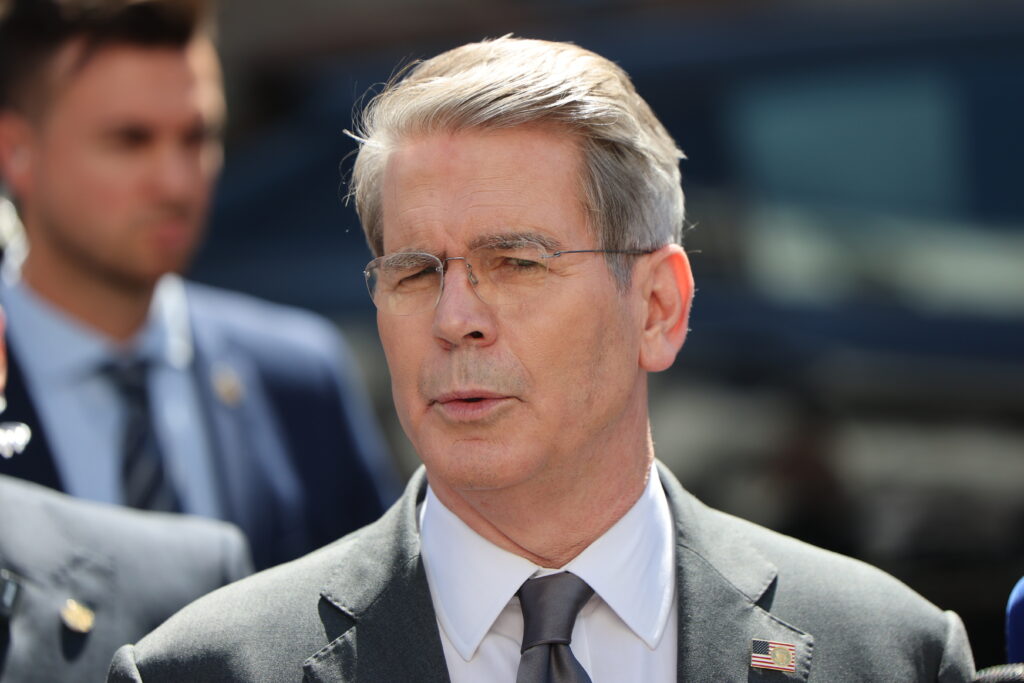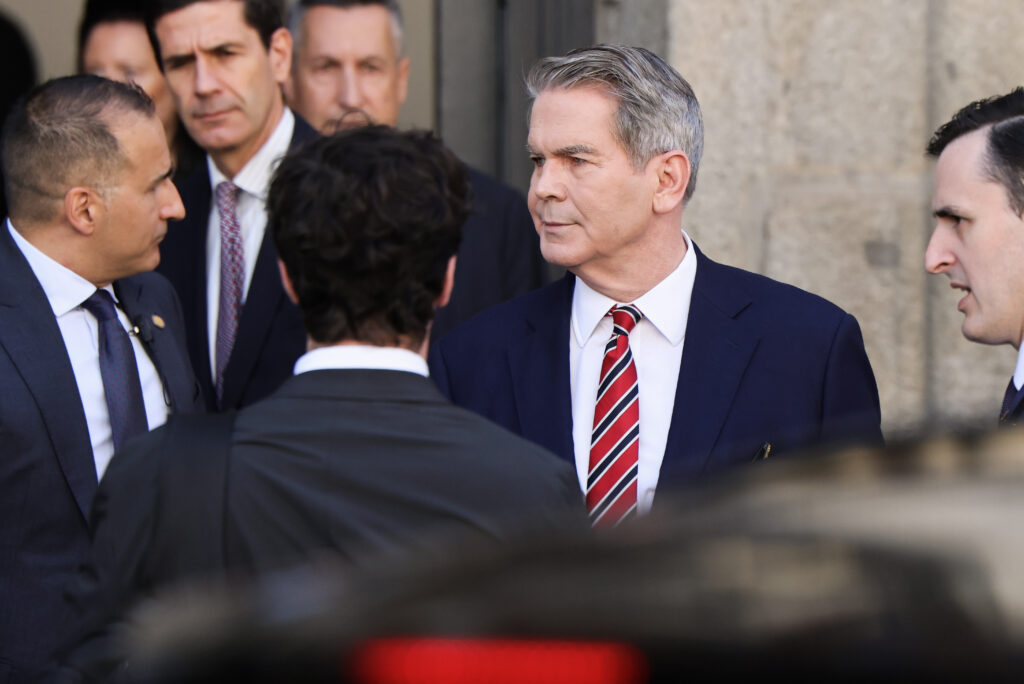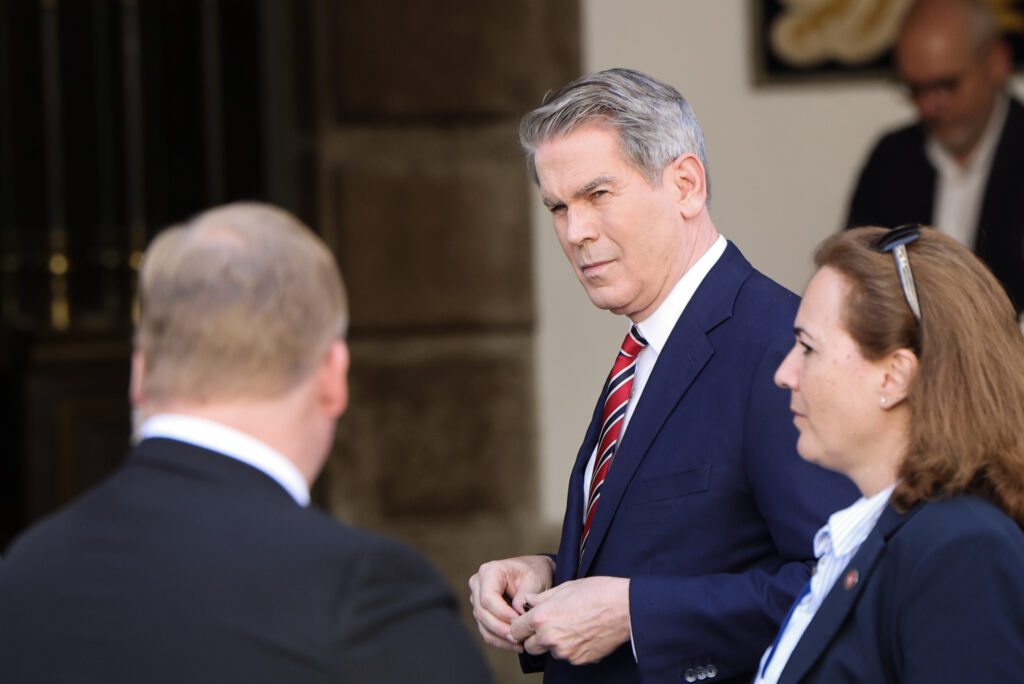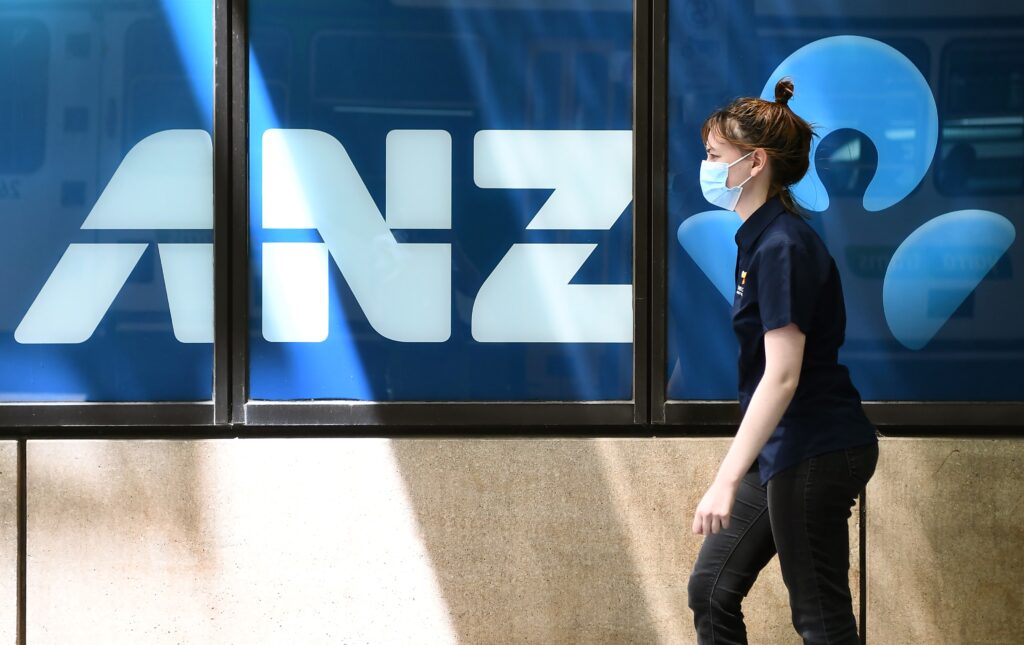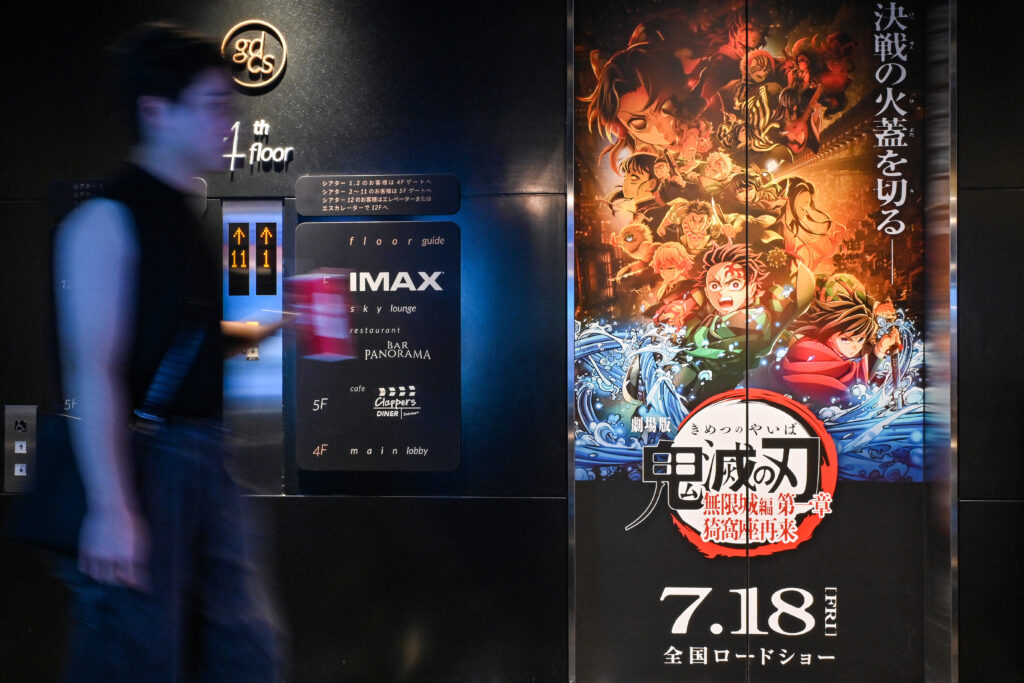US says ‘framework’ deal with China on TikTok ownership
The United States announced Monday a “framework” deal with China to resolve their dispute over TikTok that calls for the Chinese-owned app to pass to US-controlled ownerhip.In a social media post, US President Donald Trump said — without directly naming the social media giant — that a deal was reached with a “certain company that young people in our Country very much wanted to save. They will be very happy!”Trump added on his Truth Social network that he would speak to Chinese President Xi Jinping on Friday.US Treasury Secretary Scott Bessent announced the agreement after a second day of talks with Chinese Vice Premier He Lifeng in Madrid, which also includes discussions about the wider US-China trade dispute.”We have a framework for a TikTok deal,” Bessent told reporters, adding it calls for the app “to switch to US-controlled ownership”.”It’s between two private parties, but the commercial terms have been agreed upon,” he said.Bessent declined to give further details, saying Trump and Xi will speak on Friday to “complete” the agreement.TikTok — which boasts almost two billion global users — is owned by China-based internet company ByteDance.A federal law requiring TikTok’s sale or ban on national security grounds was due to take effect the day before US President Donald Trump’s inauguration on January 20. But the Republican, whose 2024 election campaign relied heavily on social media and who has said he is fond of TikTok, put the ban on pause.In mid-June Trump extended a deadline for the popular video-sharing app by another 90 days to find a non-Chinese buyer or be banned in the United States. That extension is due to expire on Wednesday.- ‘Questions unanswered’ -While Trump had long supported a ban or divestment, he reversed his position and vowed to defend the platform after coming to believe it helped him win young voters’ support in the November election.Sarah Kreps of Cornell University’s Tech Policy Institute warned “national security questions remain unanswered”, noting the deal leaves data and algorithm safeguards unclear.The talks in Madrid also cover Trump’s threat of steep tariffs on Chinese imports.In his Truth Social post on Monday, Trump said the meeting in Europe “has gone VERY WELL!” and added: “The relationship remains a very strong one!!!”Trade tensions escalated sharply earlier this year, with tit-for-tat tariffs reaching triple digits and snarling supply chains.Both governments later agreed to lower their punitive tariffs, with the United States imposing 30 percent duties on imports of Chinese goods and China hitting US products with a 10 percent levy, but the temporary truce expires in November.The US-China trade truce has been an uneasy one, with Washington accusing Beijing of violating their agreement and slow-walking export license approvals for rare earths, key materials for the automotive, electronics and defence industries.- Nvidia probe -China on Saturday launched two investigations into the US semiconductor sector. Beijing opened an anti-dumping probe into some integrate circuit chips originating from the United States, its commerce ministry said in a statement. The ministry also said in a separate statement it will launch an investigation into whether the United States had discriminated against the Chinese chip sector.And on Monday China said an investigation found US chip giant Nvidia had run afoul of the country’s antitrust rules, and vowed an additional probe.The statement did not provide further details about Nvidia’s alleged legal violations or the further probe.Beijing — which announced the investigation in December — is currently engaged in an intense contest with the United States for supremacy in the critical field of semiconductors.Top diplomats and defence chiefs from both nations held back-to-back phone calls last week, which analysts said could mark a step towards a meeting between Trump and Xi.
